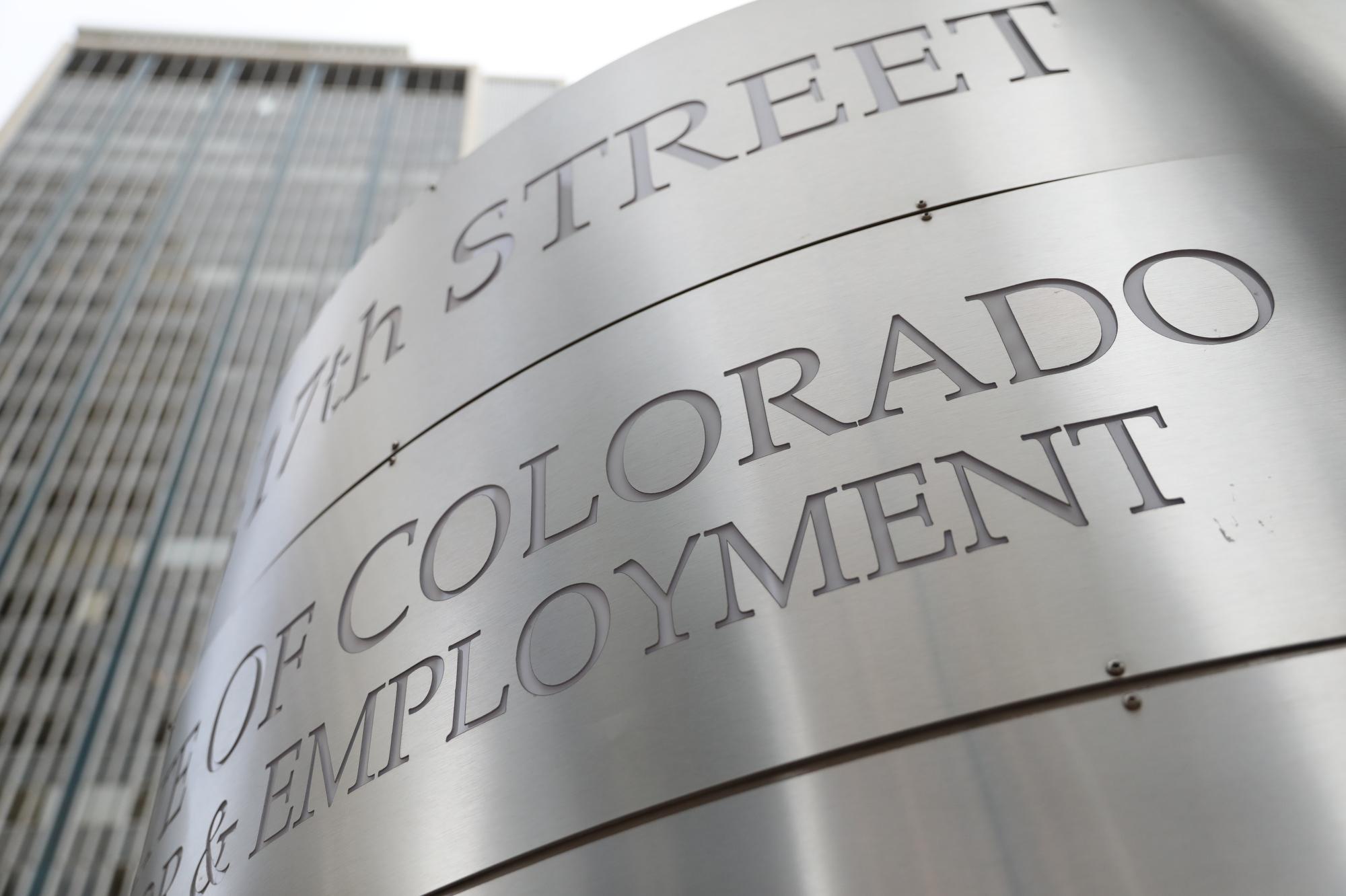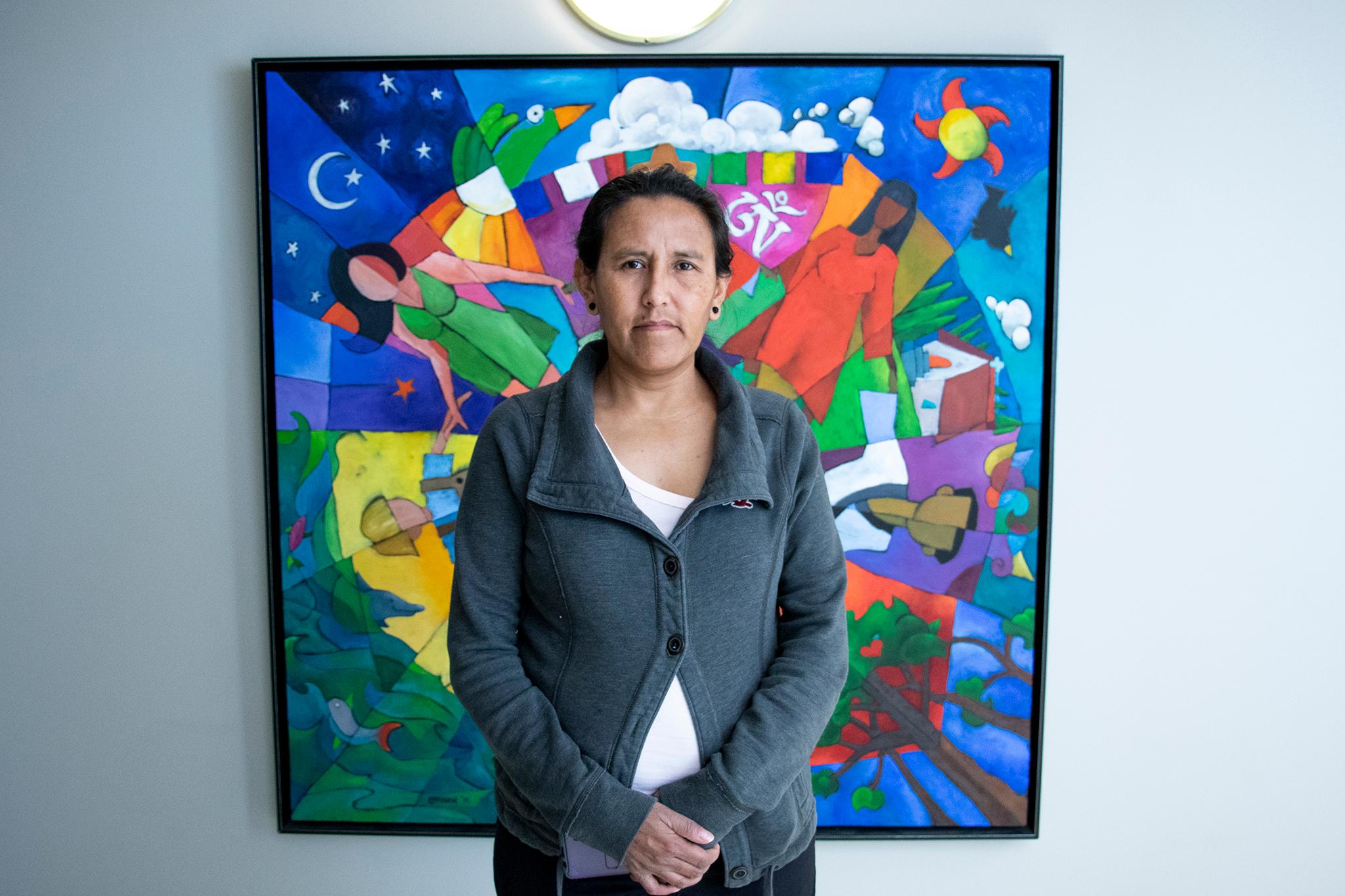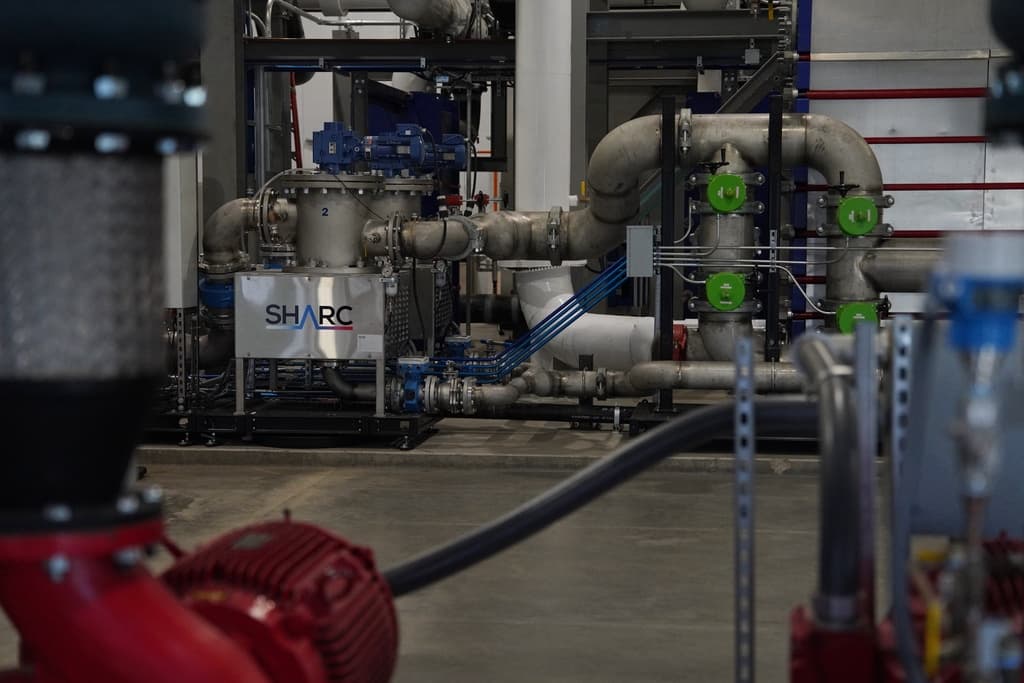
More than 200,000 people enrolled in Colorado’s unemployment system will have to verify their identities through an online platform operated by ID.me, a rapidly growing startup based in Virginia, to keep receiving benefits.
The change comes after the state has paid out untold millions of dollars in suspected counterfeit claims. The security upgrade, however, has caused headaches and delays for some legitimate beneficiaries.
The state has already rolled out the technology to smaller subsets of claimants, but it will require all unemployment users to sign up in the coming weeks.
The company’s automated technology requires people to scan their faces with a smartphone camera and upload photos of their IDs. Some are also required to follow up with live video interviews.
Colorado and other states are using the technology to combat widespread scamming of the unemployment system. Attackers use stolen personal information to file fake claims, hoping they can convince states to pay out thousands in benefits. Many of the attacks come from organized international groups, according to the U.S. Department of Labor.
The automated technology has worked smoothly for many people. But for about 16 percent of Colorado users so far, ID.me’s regular approval process hasn’t been enough. Instead, the system has flagged a potential problem with their account, requiring further verification. To resolve it, they are required to do a video interview with an ID.me staffer — the conversation is brief, but the wait times to connect can range from three to six hours.
“As with anything you roll out initially, there’s always a little bit of rockiness. It hasn’t necessarily gone as smoothly as we would hope, nor as ID.me would hope,” said Phil Spesshardt, benefit services manager for the state labor department.
Blake Hall, the CEO of ID.me, said that wait-times for the video interviews should decline significantly — to about 30 to 60 minutes — sometime this week. He said the long delays were a result of Colorado and other states sending large surges of people through the service.
“It's these unpredictable spikes where a state will just come and say, ‘I'm going to give you nine, 10 months worth of claimants. And they have two weeks to go through ID.me,’” he said.
Dramatic results
Often, Hall said, states rush to expand their use of ID.me once they realize how much money they’re losing to fraud. ID.me has rejected more than half of the accounts that were previously receiving benefits in some states, Hall said.
Colorado officials said that their results haven’t been so dramatic, but didn’t immediately disclose the service’s rejection rate here. State officials have acknowledged that the change will be disruptive but said they had to move quickly. The state is asking groups of thousands of people at once to register for ID.me.
“I think there are some states out there that may be living in a form of denial,” Spesshardt said. “We felt more comfortable that now was the time to just simply start trying to nip it in the bud.”
Older people and those unfamiliar with technology, in particular, have struggled to navigate the online service, which requires users to take and upload photos using smartphones or digital cameras and computers.
And in some cases, people are still getting confusing error messages from the state despite being verified through ID.me. In some cases, people’s “integrity holds” aren’t cleared because the state’s fraud-detection systems are still flagging the person’s account. If the hold isn’t cleared by the ID.me verification, the case must be reviewed by the state’s anti-fraud team.
Sharon Bell, 58, waited for nine weeks without benefits after her account was flagged as possibly fraudulent. She said she received multiple requests to verify her identity through ID.me, but the approvals didn’t seem to unlock her benefits. State call center workers gave her conflicting information about what to do next, she said.
“I understand that they have to make sure they’re not paying fraudulent people, but at the same time, there are innocent people like myself, and what are we supposed to do?” said Bell, an events worker in Colorado Springs.
“After a few weeks, I was in tears calling unemployment, because I don’t have any other income. And do you know how hard it is to find a job when you’re 58 years old, and you’re a woman?”
Bell recently returned to work in convention services at The Broadmoor, but hasn’t solved her unemployment problem. After checking her account, Colorado officials found that she had not been verified by ID.me and may need to complete additional steps.
Spesshardt encouraged people having trouble with the service to contact the state’s unemployment call center at 303-318-9000.
He acknowledged there would be “nothing more frustrating” than someone suddenly having their benefits frozen due to an identity verification problem. “We’ve seen it, we know that anxiety it causes for individuals,” he said.
Read on for more information about how to use ID.me and what problems people are encountering. This article was published on April 12, 2021. More current information may be available through CDLE or ID.me.
What you need to know:
- People who are required to use ID.me will receive an email and a notice within the MyUI+ system, according to CDLE.
- Currently, you must have access to a smartphone to complete the process.
- You’ll have to submit photos of at least two forms of identification. Acceptable IDs include driver’s licenses and permits; other state or federal issued photo IDs; passports, passport cards and certain immigration cards and forms; veteran’s health ID cards; Transportation Security Administration ID cards; trusted traveler cards.
- You’ll also be asked to scan your face with your smartphone’s camera.
- Some people will need to go through an additional “Trusted Referee” process afterward. This means that there was a problem with their account. The referee process involves doing a video interview with an ID.me worker, who may ask you to show your ID. This can be done with a smartphone or a computer with a webcam. The interviews often last just a few minutes, but the wait times can be hours.
- If your ID.me application was successful, you will receive a notice within the ID.me service. It can take a day for that approval to be transferred to the state’s MyUI+ system.
Common problems with ID.me:
- Some users struggle to get through the automated process because the system rejects their photographs or their “video selfie” face scans. Raising the brightness level of your phone may resolve this problem.
- Uploading an outdated document — such as an expired driver’s license — can result in rejection.
- If you have to do a video interview, CDLE recommends using a computer with a webcam, not a smartphone.
Common problems after using ID.me:
- Some people are still not getting benefits after getting verified by ID.me. There can be several reasons for this.
- Some people may still have a fraud hold on their accounts. That may happen because the state’s internal systems are still detecting a “flag” — a potential sign of fraud. There is no way to resolve this yourself. Instead, these users are stuck waiting for one of the state’s reviewers to clear their account, a process that may last weeks. This is affecting a “single-digit” percentage of people, Spesshardt said.
- Other people are running into glitches due to mismatched information that prevents the state’s systems from connecting the ID.me approval to the person’s MyUI+ account. This often affects people who were recently married or divorced, and those with hyphenated names. These people also must wait for the state to review their cases. Spesshardt said the wait times vary. This problem is affecting 10 percent of users or more, he said.









